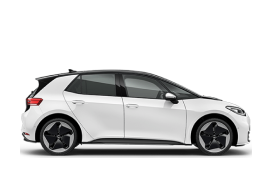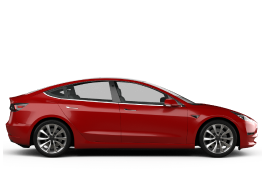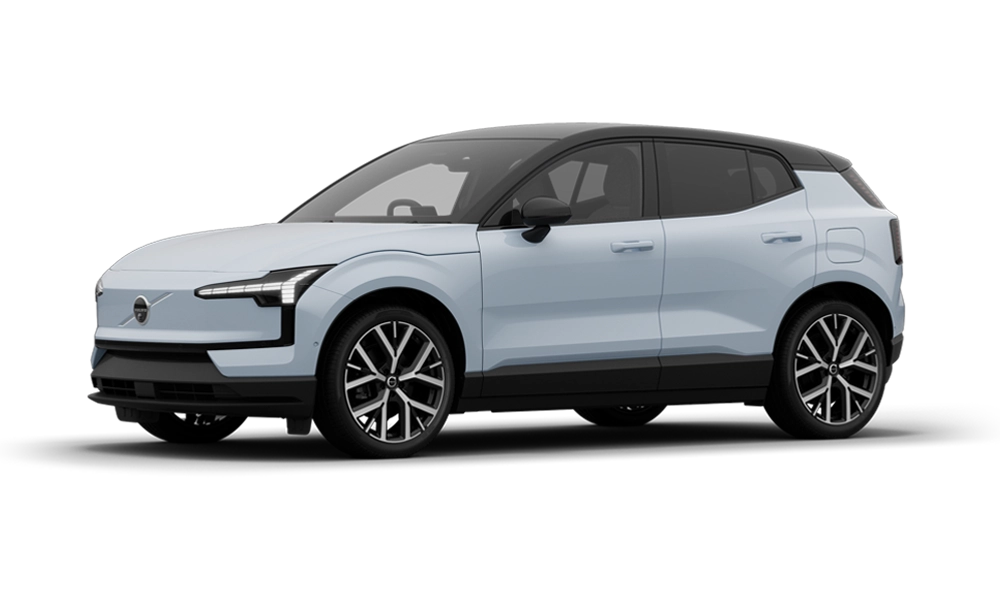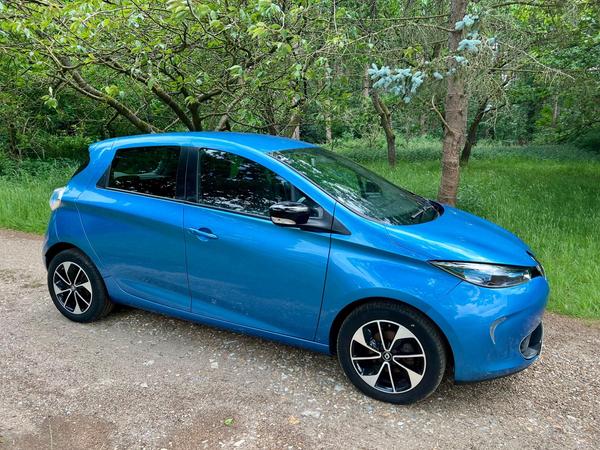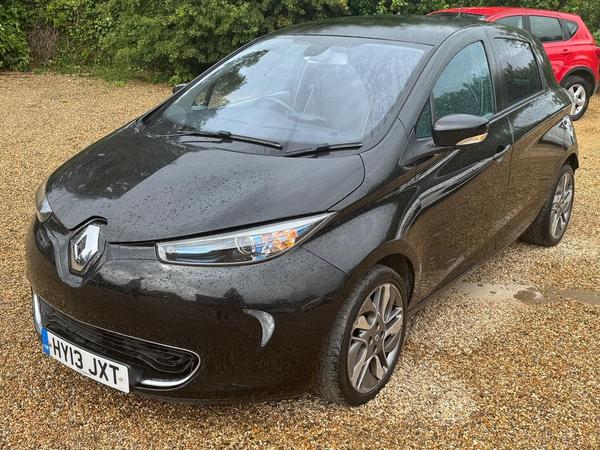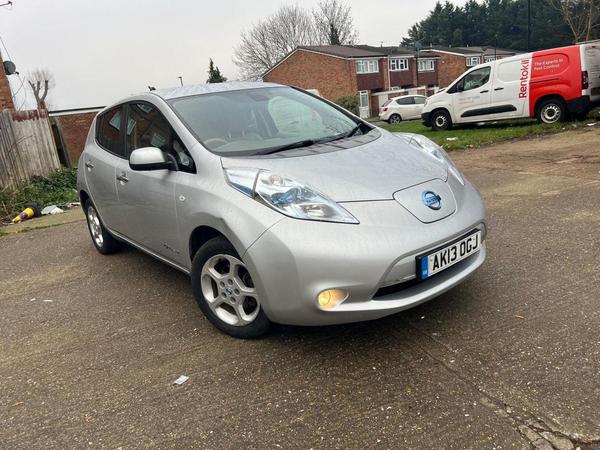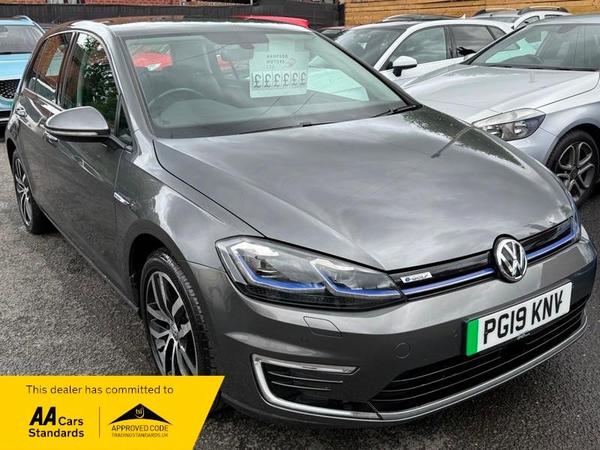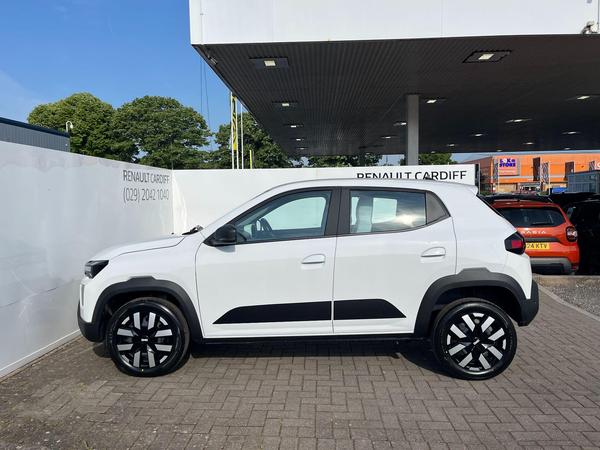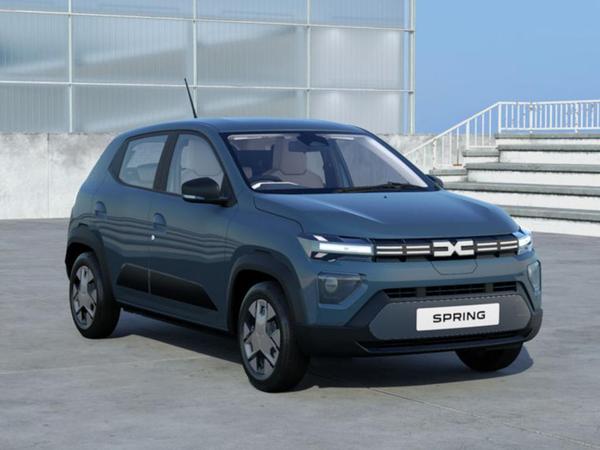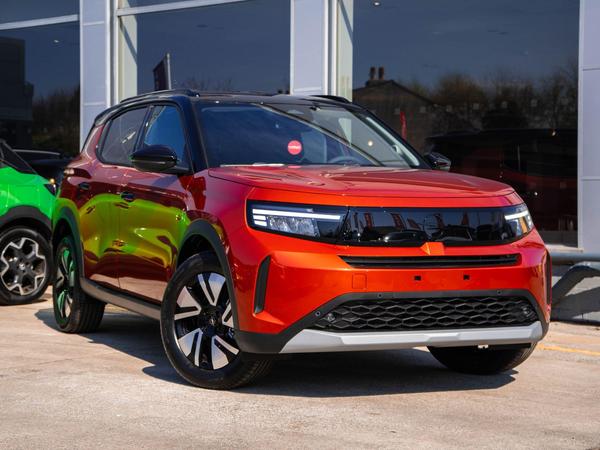
Find the right type of electric car for you
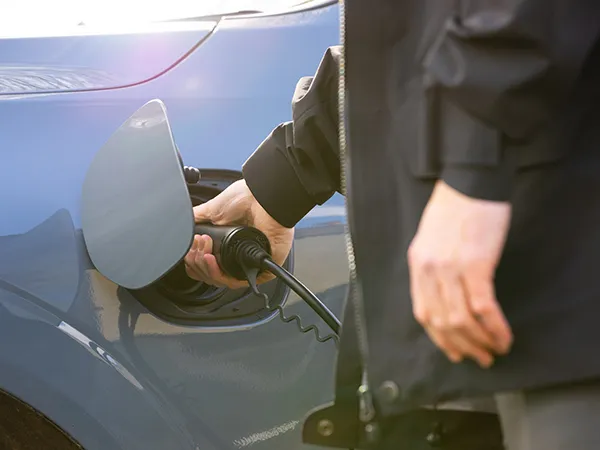
Find your nearest public charging point
Going on a long journey, or working out where you’d charge an electric car? Use our interactive map to find electric car charging points near you.
Find your nearest pointsGuides to buying an electric car

Charging at home
From installing a home charge point to keeping your electric bill under control, here's our guide to charging at home.

Range
Read more about the average electric car range and just how far an EV can go on a single charge.

Electric Explained
Your ultimate guide to electric cars from what's under the bonnet to how they work and what it's like to drive one.

Charging on the go
Discover where you can charge your car, how much it’ll cost and how you’ll actually struggle to run out of charge.

Understanding the jargon
We explain all the electric acronyms and jargon in one place, so you can start shopping in confidence

Battery life
Everything you need to know about electric car batteries. How they work, how to look after them and more.
Popular electric car brands
Popular electric models in the UK
Brand new - in stock now
Be the first to own one of these cars. There's no need to wait - they're available right now
MRRP
£15,995
Now
£11,295
Save
- £4,700
MRRP
£15,677
Now
£11,427
Save
- £4,250
MRRP
£23,995
Now
£20,995
Save
- £3,000
32,005electric cars ready and waitingFind yours

Your questions answered
Celebrating over 40 years in the industry
Since 1977, we’ve helped millions of people find their perfect car. Together with manufacturers and retailers, we constantly strive to make car-buying easier.
About Autotrader
